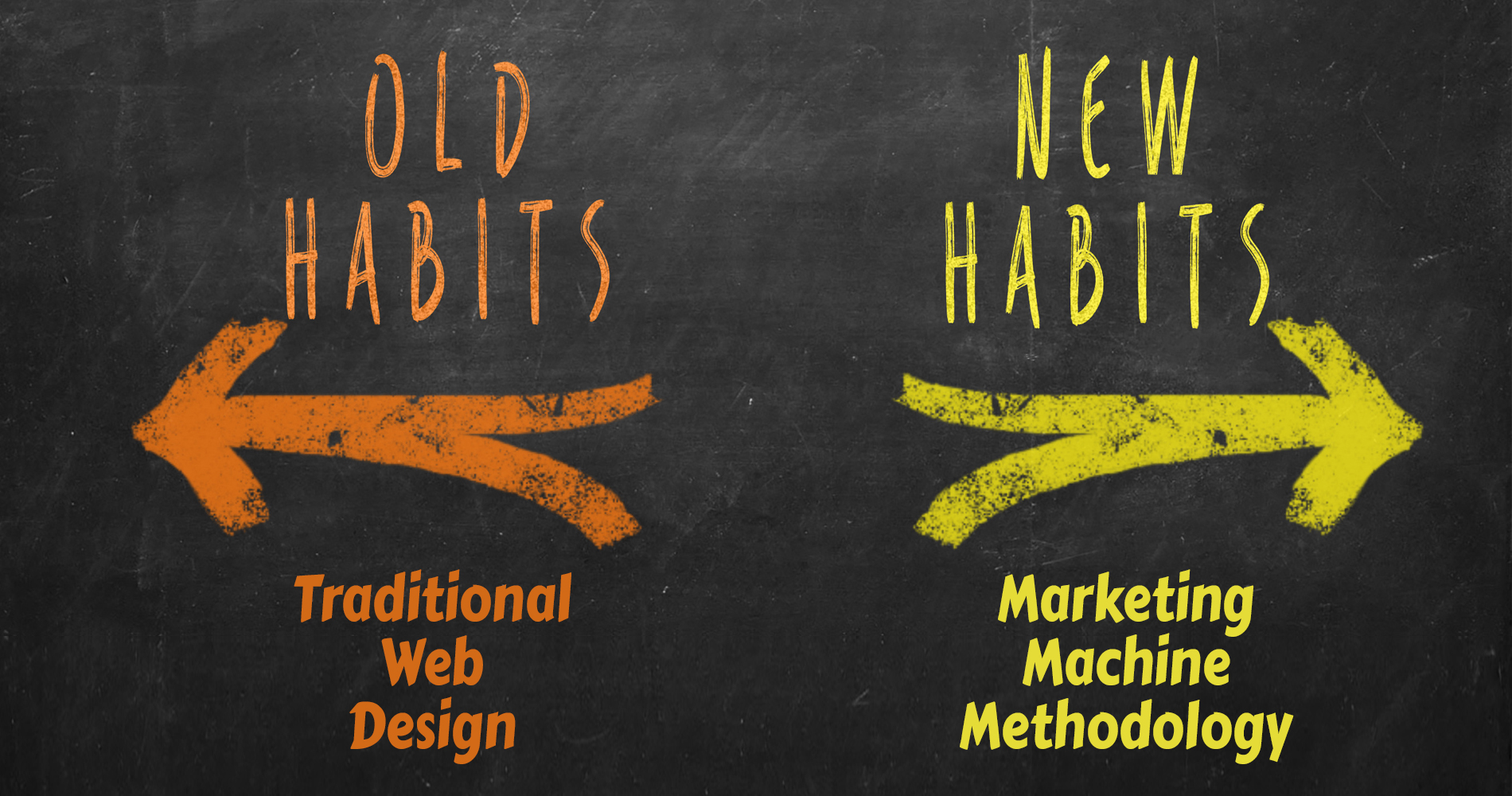When creating a new website, it’s important to be aware of the risks you take if you're progressing based on a thorough marketing strategy. It’s not uncommon to jump the gun and dive straight into the project without considering full all the essential factors to succeed. This could easily prove to be a waste of your time and money, so it's better not to risk getting burned before even knowing whether your business is going to work or not – let alone leave it half done!
In today’s modern technological age, it makes more sense to take small steps towards reaching your goal instead of jumping an unwarranted gun by putting all your eggs in one basket - what if it doesn't end up working out? It might have been easier to figure that out beforehand though than after wasting lots of time and money on resources that you don't even know for certain will ultimately serve a purpose!
Moving from paper to digital has forced marketers to change how they work and market businesses. The trend of acquiring customers has grown ever stronger, making it more difficult for existing businesses to compete by forcing them to think outside the box. As a result, more and more marketers use growth-derived design when developing marketing strategies. Let’s explore how they do that.
What's it all about?
Traditional Web Design
Traditionally, web design heavily relied on criteria that has not necessarily focused on what the project actually needed to consider. Many traditional methods are based on approaches that have worked in the past while ignoring other considerations. One of these challenges includes large-scale costs if you choose a static approach to website development, and you cannot make changes easily or without incurring other expenses.
Although it sounds trite and even like a broken record - there is only one certainty in the world: CHANGE. In all aspects of life, including business and especially the Web, change is a constant. Now more than ever before, it's crucial to seek out a new approach to traditional methods of doing things when you intend to get ahead, meaning that neglecting technology innovation or design trends can be harmful to competition and marketing efforts.
Marketing Machine Methodology (MMM)
Traditional website redesign strategies come with a variety of risks that can be addressed by a more comprehensive approach. Marketing Machine Methodology (MMM) is a redesign strategy that focuses on increasing traffic and conversion gains. It has three main objectives: launch, analyse, and enhance. The goal of this approach is to understand what attracts visitors right away, how they initially interact with the site, and how the website can potentially become better in terms of conversions once there is sufficient data available regarding visitor behavior.
The first phase of a balanced launch pad is the strategy phase. During this step, you will decide how your site’s goals can appeal to the needs of your most important audiences. The second step is the actual launch pad. As the name implies, it lays a foundation for later refinement, where you can transition in Step 3 into a continuous improvement flow. It’s more cost-effective and time-efficient to begin with this two-step process rather than start fresh afterward.
These are the tools that web design agencies use. It is up to you to decide what you think is most appropriate for your business because ultimately it is your website, but it is also important to take into consideration the needs of your customers and what would make them happy by providing them with a superior service or products..
3 Differences Between Traditional and Marketing Machine Methodology
1. Website Launch
With a traditional website design, the website goes live once it's 100% complete. A thorough architecture and design have been employed to ensure it is built, so that revamps aren’t required for up to 2-3 years. Them it's simply a matter of revamping what's already there.
Alternatively, Marketing Machine Methodology can reduce launch time and focus our team's attention on continuous improvement. Using the 80/20 rule, Marketing Machine Methodology launches a new website quickly. Achieving 80% of results by concentrating on 20% of the pages. Rather than spending up to six months perfecting a website, we launch phase one in just six to eight weeks. By updating their sites frequently, businesses can determine whether their initiatives are successful or unsuccessful by observing how their visitors interact with the changes.
2. Technology Updates and Trends
You know how after a long winter; you often find patches of dead grass in your lawn? Wouldn't you agree it would have made more sense to aerate and nourish the soil BEFORE planting and creating ideal conditions for the young grass to grow underneath the snow? This is exactly how an incremental approach towards web design should work.
In a traditional web design, an entire website is launched all at once. In contrast, a growth-driven marketing machine website is launched iteratively. In each iteration, your website gets better, as you receive improvements reflecting the latest technology trends, design ideas, and principles, as well as specific structure and development best practices.
3. User Experience
The process of website design has evolved to include factors other than webpage aesthetics. A web designer will incorporate the user experience data and client’s requirements into it. Website development is not limited to purely visual elements but also includes back-end effectiveness too. This depends on how quickly the site loads and how well it handles a large number of users.
Traditional websites curate user experience data from what the old website had to offer and extract insight about its users’ interactions with it. This analysis of user experience shapes the design and development of the new website. It helps to determine which limitations and problems can be fixed at each step in the process without breaking anything else.
A Marketing Machine Methodology also influences user behavior - slowly making the site more personal to each individual as time goes on. Furthermore, even subtle changes to content, navigation, layout, color, or typography can have strong impacts on user experience that should be accounted for when making updates to a website.
Which Is Better? It's All About Balance
When it comes to choosing the right website design, both traditional website design and growth-driven marketing machine methodology are great options. Here at Real Inbound, we prefer the latter in most cases because out of all of the approaches we've seen over the years, it tends to deliver more results while also achieving desired business returns more consistently than other methods.
At our company we believe that to get the best outcomes possible, when your website is created or updated, working with expert website designers who have you covered for the entire customer journey, tailoring every aspect toward what works for you as a particular client will always greatly outweigh any short-term cost savings and may even provide some long term returns as well. We'd like you to trust in our expertise and feel confident about getting things done effectively.






